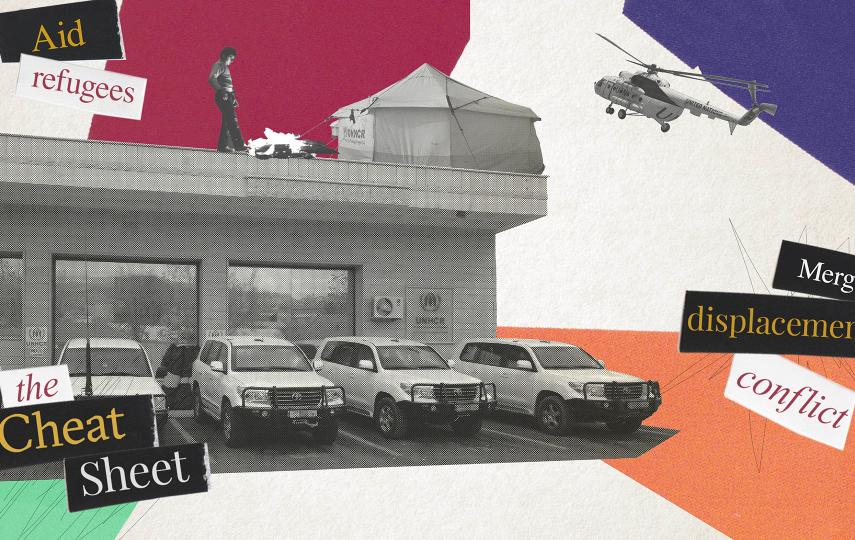"In the space of 17 years, 51 million people have been successfully treated and cared for... Without that treatment, 20 million people would have died," Mario Raviglione, director of the WHO Stop TB Department, said in a statement.
Threats to progress
The report highlights successes in rolling-out a rapid TB diagnostic test, as well as the successful implementation of collaborative HIV and TB activities. Globally, 40 percent of TB patients had a documented HIV test result, and 79 percent of HIV-positive people received co-trimoxazole, an antibiotic preventive therapy, in 2011. Additionally, progress continues to be seen in the development of new medical interventions.
However, the report also took note of several issues threatening progress in the fight against TB: In 2011, there were an estimated 8.7 million new TB cases and 1.4 million deaths, 430,000 of which were among people co-infected with HIV. In addition, a US$1.4 billion funding gap for research and a shortfall of $3 billion per year for TB control and care between 2013 and 2015 "could have severe consequences for TB control".
"The momentum to break this disease is in real danger. We are now at a crossroads between TB elimination within our lifetime and millions more TB deaths," Raviglione said.
Africa and Asia continue to bear the highest burden of the diseases, with India and China accounting for nearly 40 percent of the world's TB cases. Close to 80 percent of TB cases among people living with HIV are in Africa. Although the report found reduced rates of infection and deaths overall, Africa and Europe are not on track to halve 1990 levels of mortality by 2015.
Of particular concern is the slow progress of the response to multi-drug resistant (MDR)-TB. The report estimates that 3.7 percent of new cases and 20 percent of previously treated cases were estimated to have MDR-TB.
Funds needed
In Uganda - which is on WHO's list of high-burden countries that, together, are responsible for more than 80 percent of the global disease burden - the Ministry of Health says it urgently needs money if it is to succeed in reversing the spread of TB.
The country recently started its first treatment programme for MDR-TB, and has so far enrolled 30 people. While it has purchased drugs for 300 patients, infrastructural and financial issues have so far prevented more patients from starting the treatment. The ministry requires $625,500 for constructing an isolation ward at each hospital, $4,000 per patient for two years of treatment, $400 per patient for laboratory reagents, $500 per month for each patient’s food and $7,000 per site for training health workers.
"Most health facilities have inadequate human resources. Some of them don't have both the number and quality of personnel to handle the patients. MDR [TB] treatment requires skilled and qualified doctors, medical officers, nurses, counsellors, laboratory technicians and mental experts to handle the side effects of the drugs," Kasozi added. "The laboratory equipment to monitor patients is weak. Before you put someone on treatment, you need to do some tests like culture and drug acceptability, kidneys and liver. The gadgets are available but the reagents are missing."
WHO is calling for "targeted international donor funding and continued investments by countries themselves to safeguard recent gains and ensure continued progress".
kr/so/rz
This article was produced by IRIN News while it was part of the United Nations Office for the Coordination of Humanitarian Affairs. Please send queries on copyright or liability to the UN. For more information: https://shop.un.org/rights-permissions





